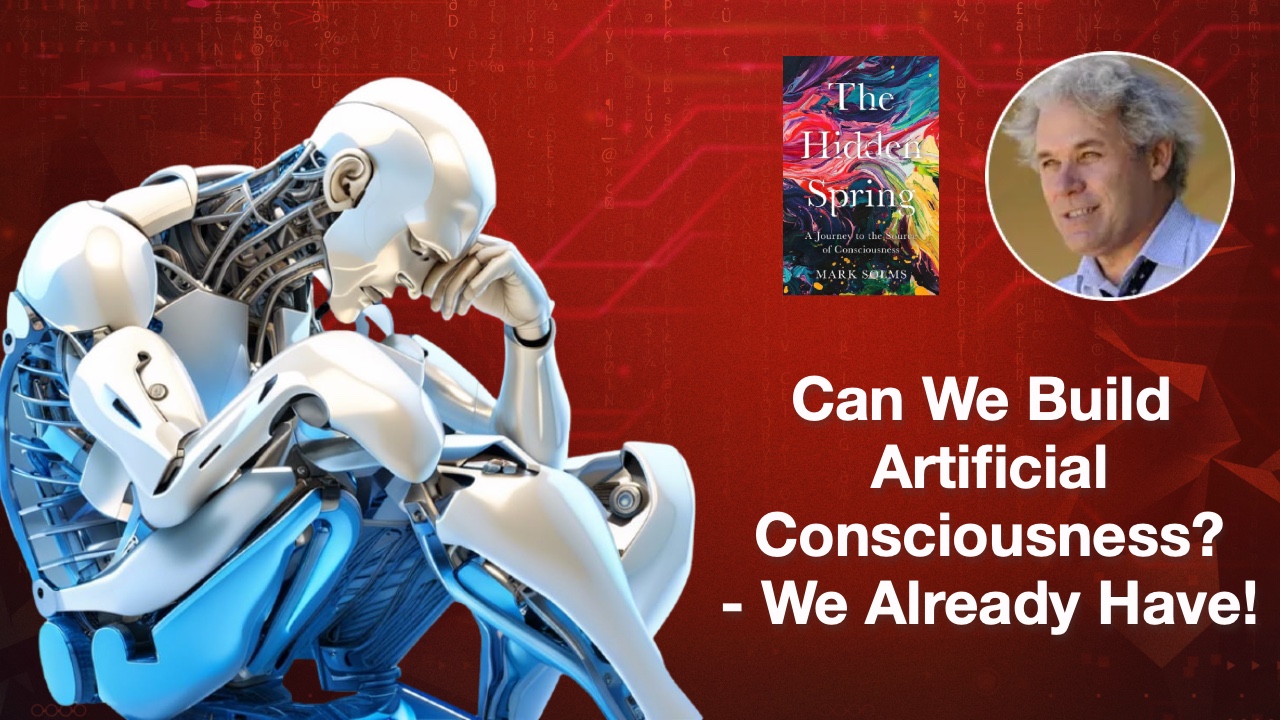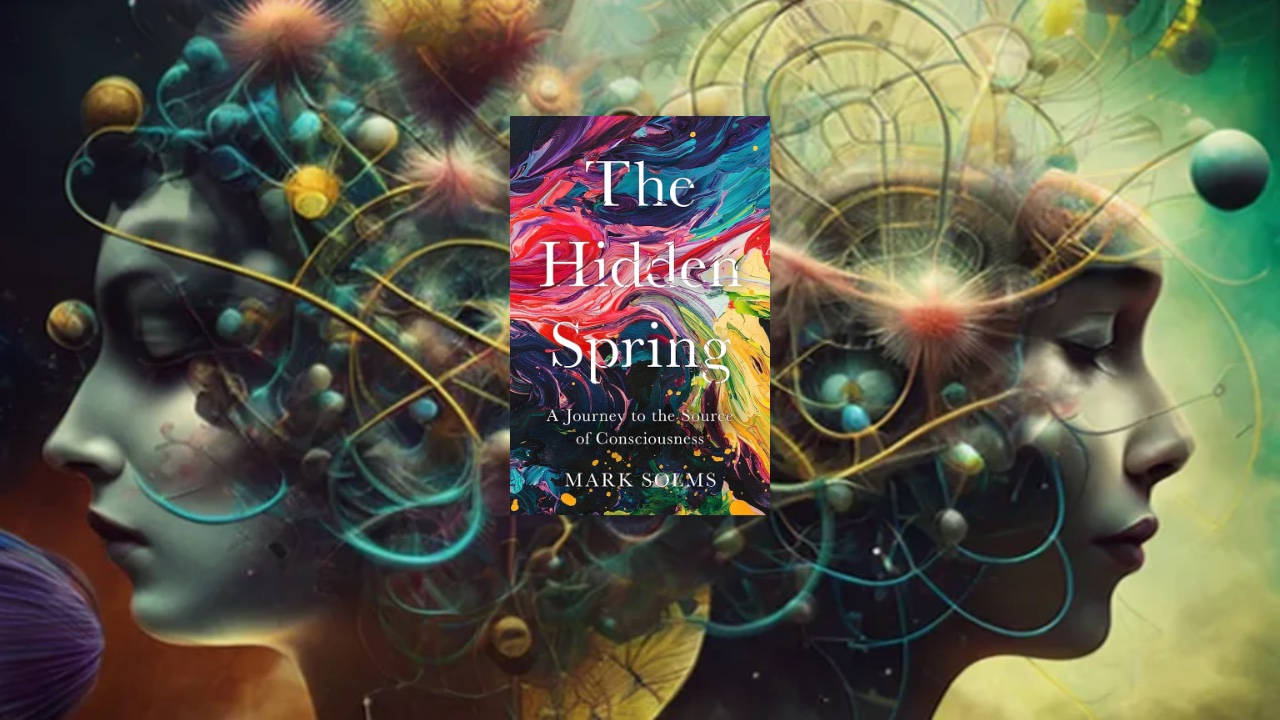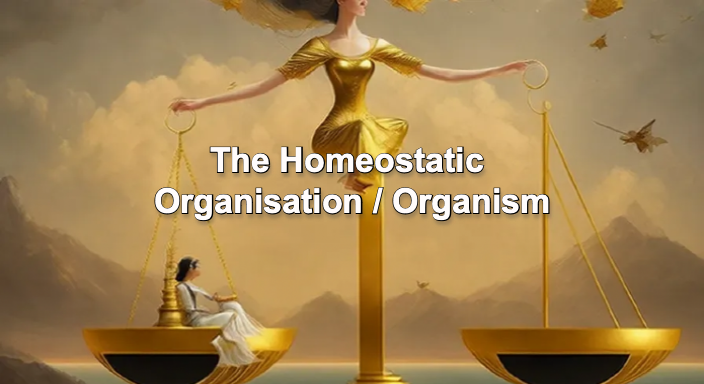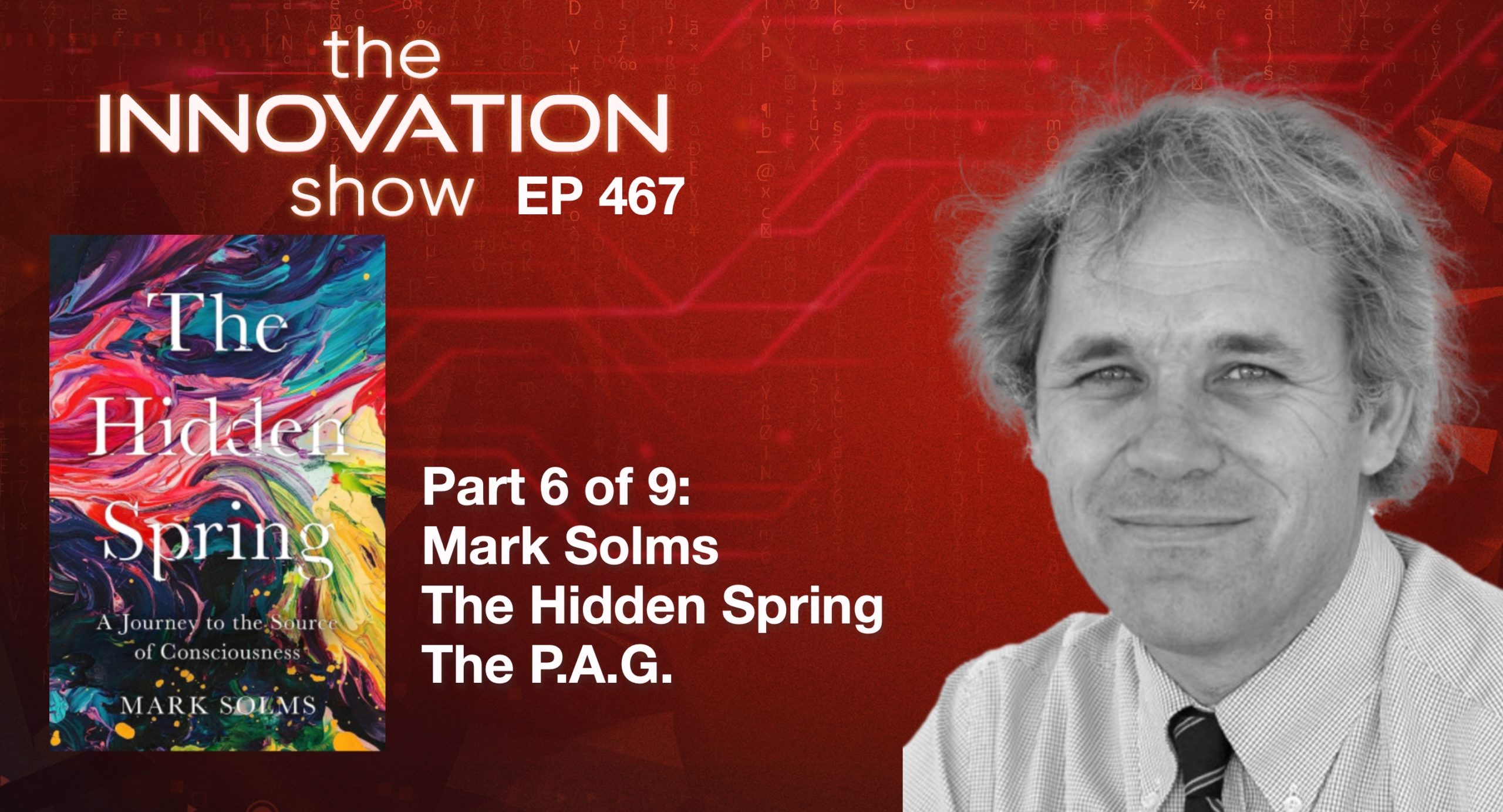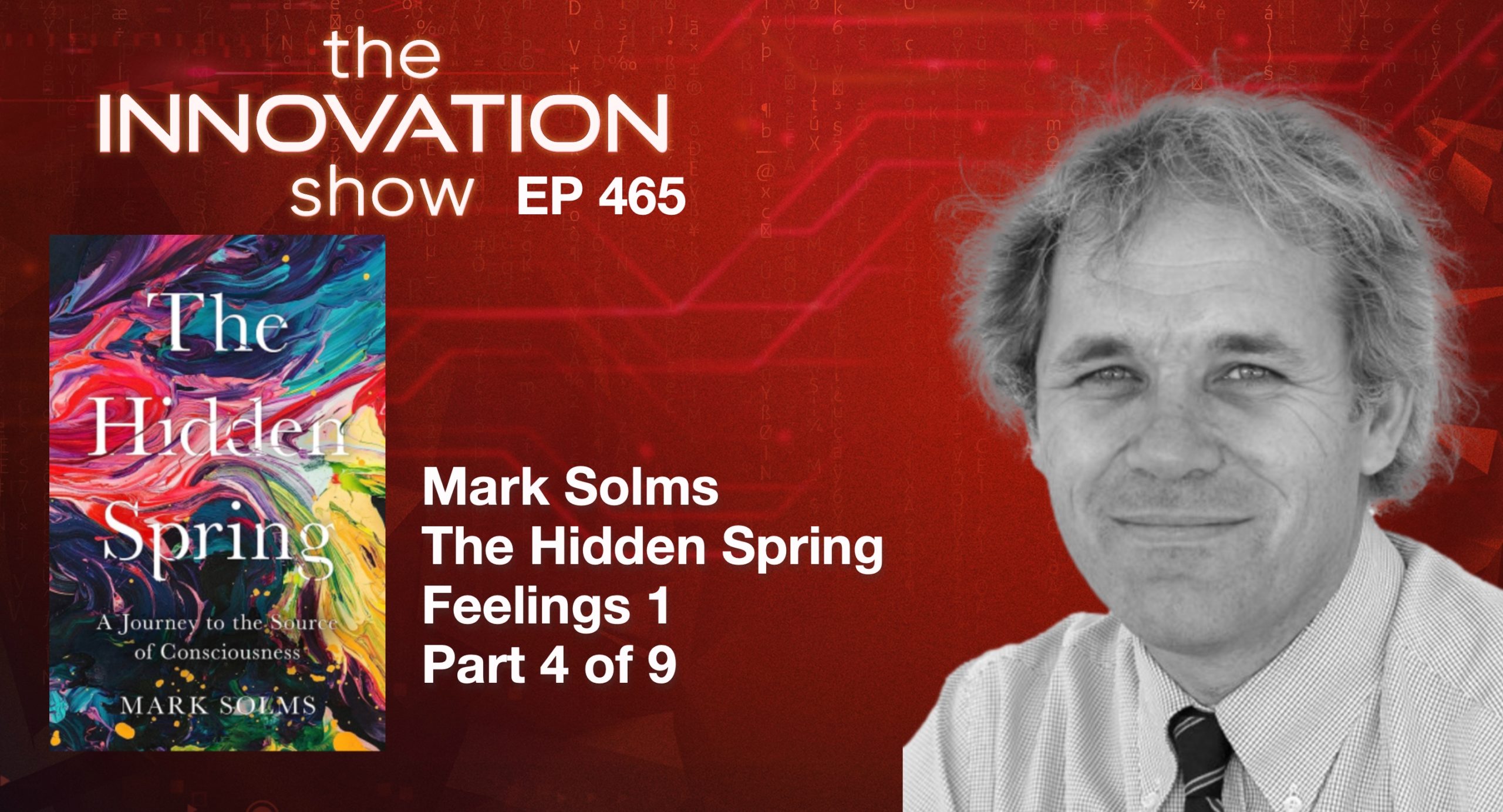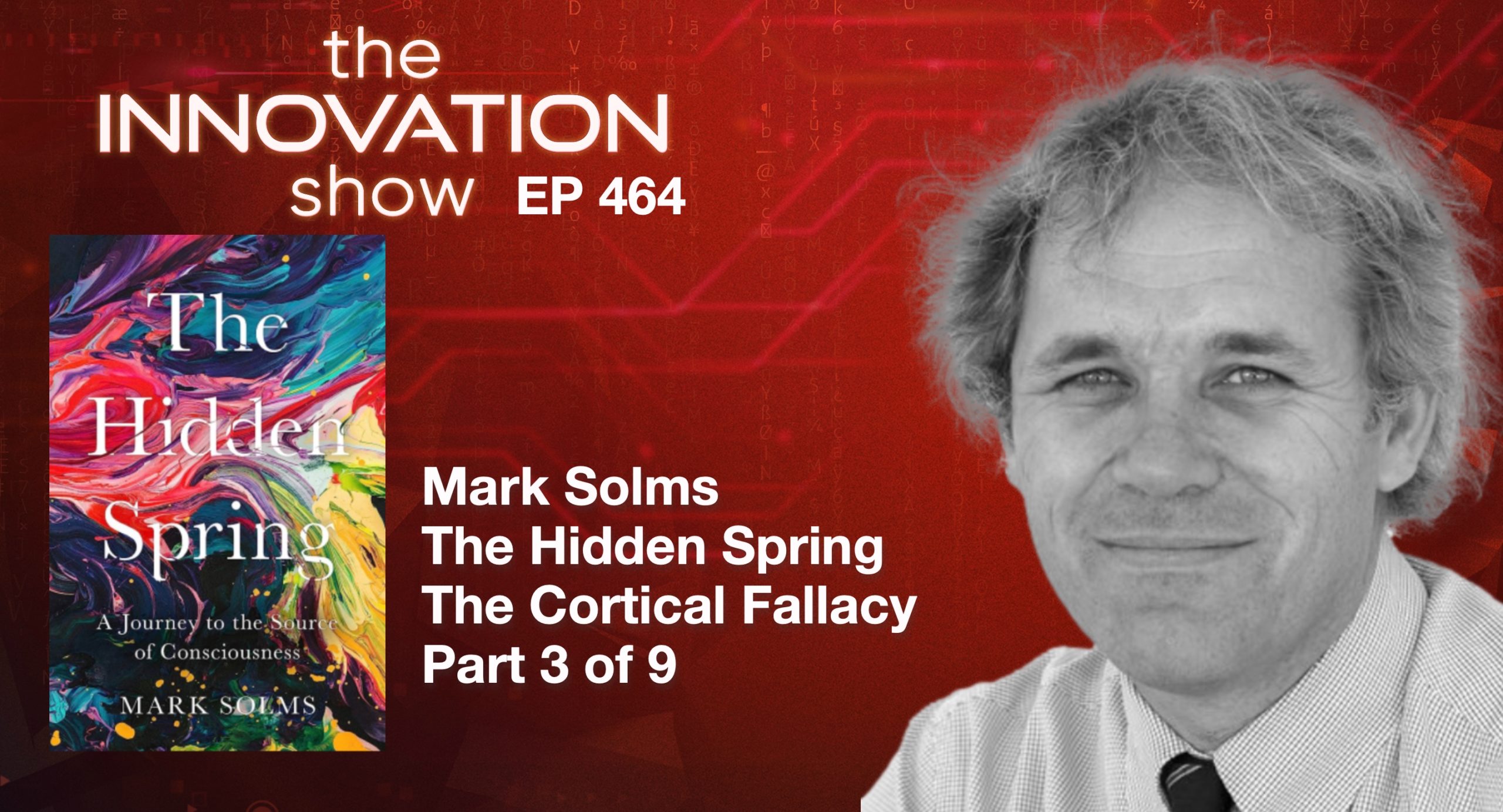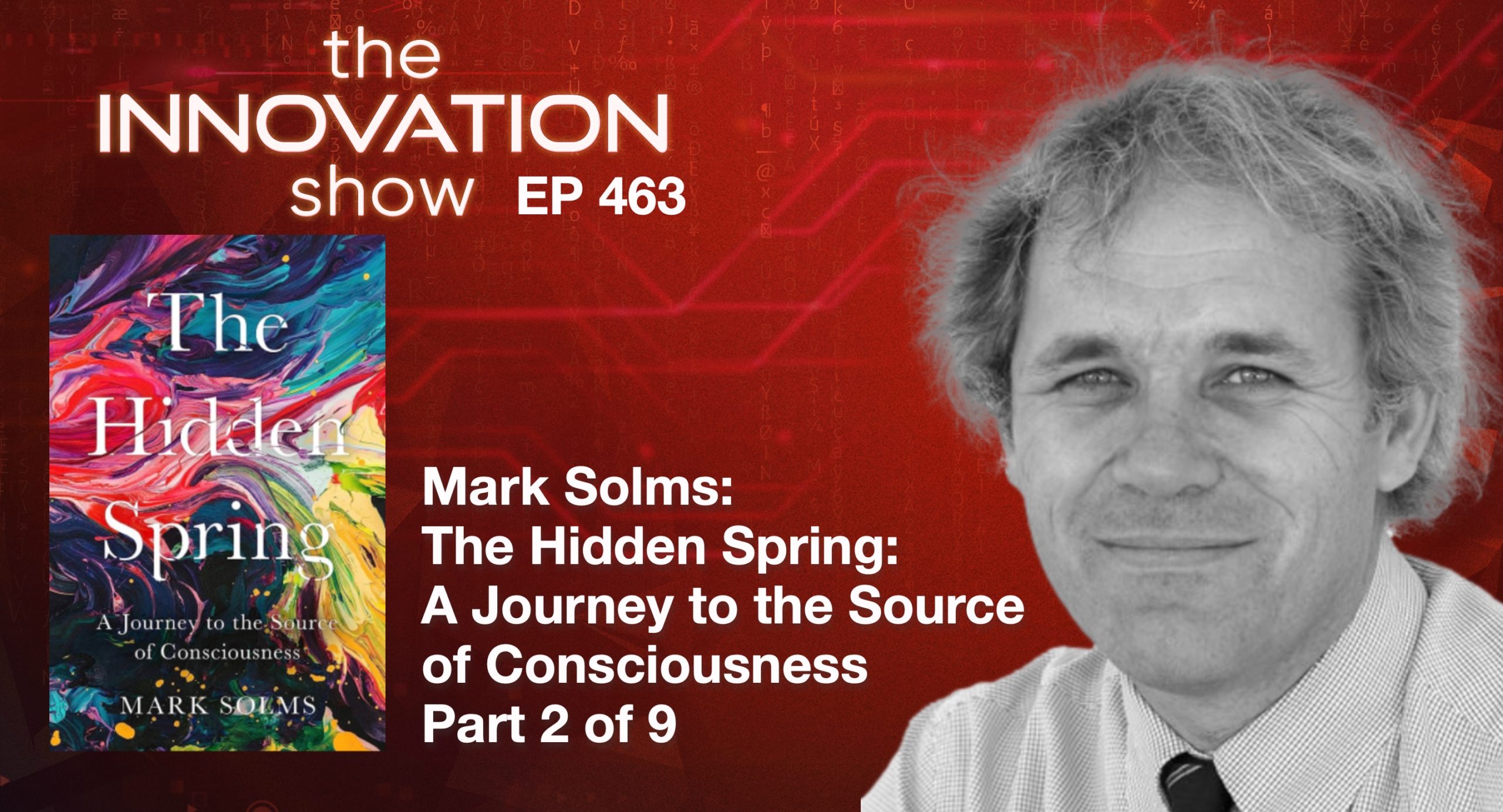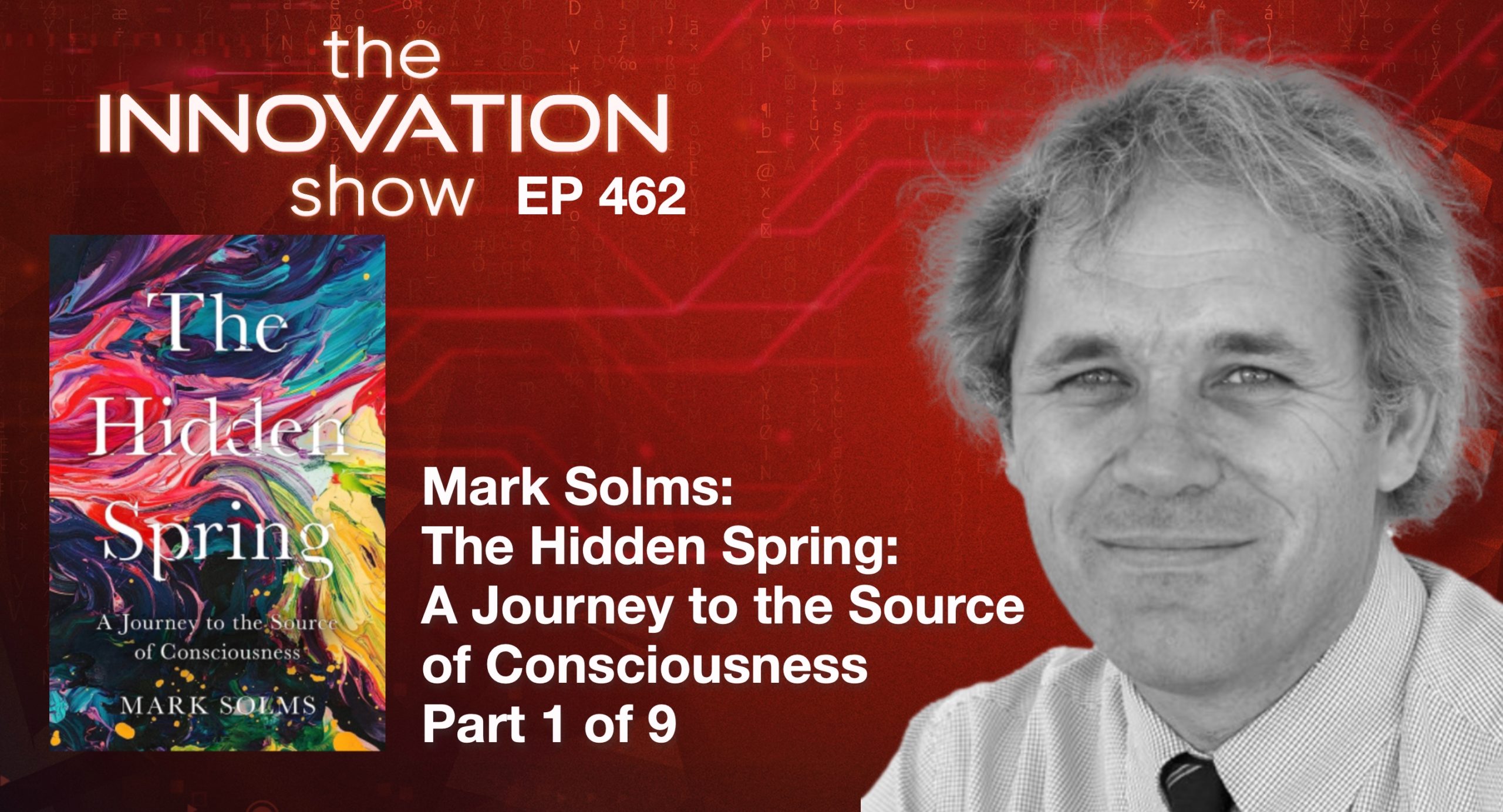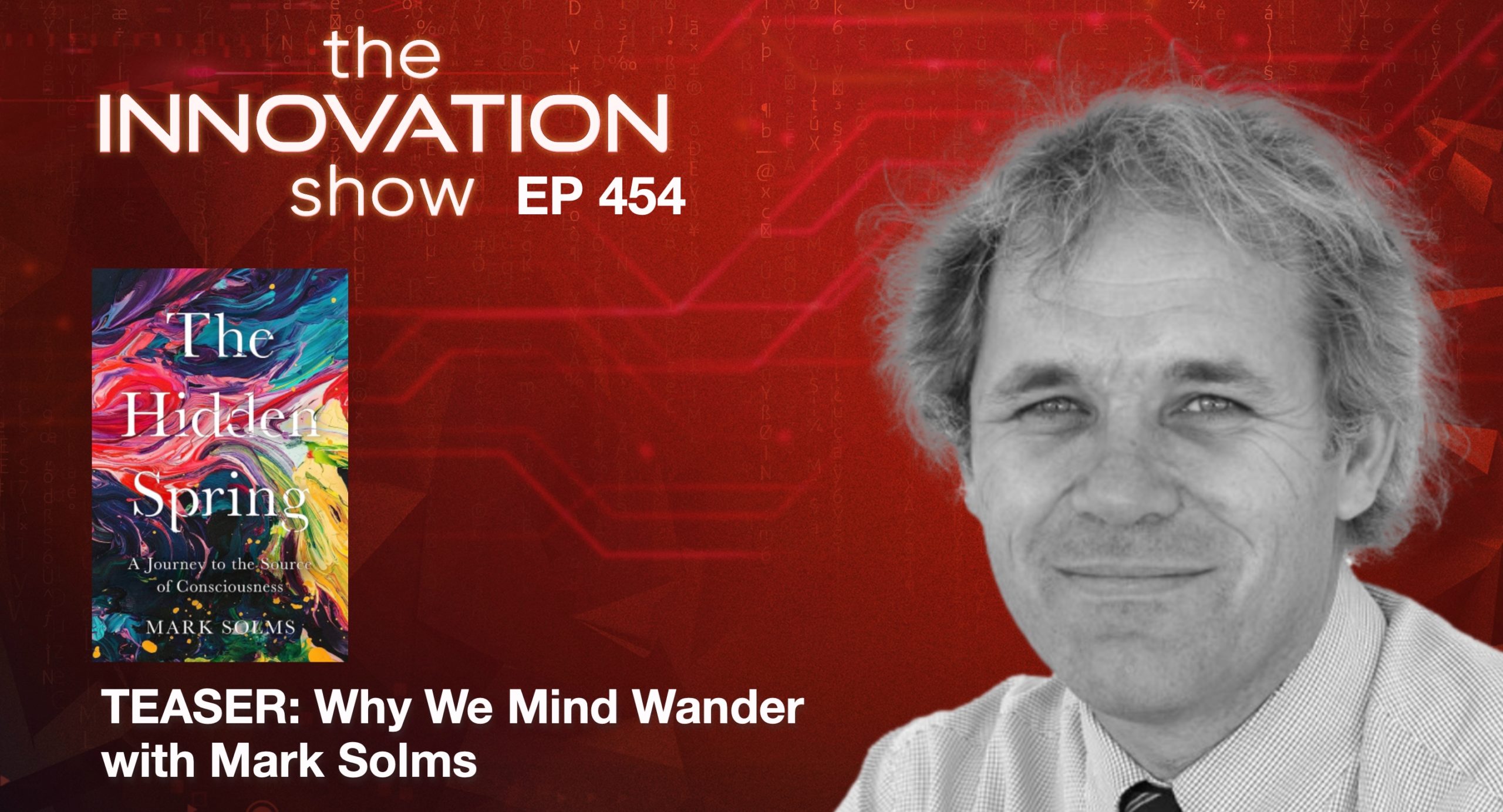In The Hidden Spring, our guest Mark Solms does not dive too deeply into Karl Friston’s mathematics. As you will discover, he summarises its implications, describing Friston’s free energy as a quantifiable measure of how a system models the world and how it behaves.
Posted 2 years ago Tagged Aidan McCullen Business Consciousness Entrepreneurship Entropy Homeostasis Human Potential Innovation Leadership Mark Solms Markov Blankets Technology The Free Energy Principle The hidden spring Undisruptable
It is a pleasure to welcome the author of The Hidden Spring: A Journey to the Source of Consciousness, Mark Solms. In this episode, we talk about the brain’s prediction system.
00:00:00.000 Introduction and Overview of the Chapter
00:03:30.388 Establishment of the Meteorology Department
00:11:59.546 The Fundamental Task: Minimizing Free Energy
00:15:43.370 Feelings: Connecting Us to Our Ancestors
00:19:36.790 Neglecting the inter-receptive and extra-receptive in cognitive science
00:22:30.002 The brain’s attempt to contain environmental effects on the organism
00:31:32.675 Innate Predictions: Fear and Instinctual Behaviors
00:34:19.723 The Evolution of Responses and Predictive Model Complexification
00:42:59.118 The Brain: Ones and Zeroes, Predictions and Errors
00:54:18.834 The Brain as an Organization
00:59:57.338 Emotional Needs and Scripts
Posted 2 years ago Tagged Aidan McCullen Business Consciousness Entrepreneurship Entropy Homeostasis Innovation Leadership Mark Solms Technology The Free Energy Principle The hidden spring Undisruptable
Resisting entropy is a fundamental function of living things. Similarly, organisations that resist change become victims of entropy, disrupting the balance of their systems and tipping the scales towards entropy. Maintaining homeostasis is not an event. It is a continual process. Maintaining success requires effort, constant renewal and permanent reinvention.
Posted 2 years ago Tagged Aidan McCullen Business Consciousness Entrepreneurship Entropy Homeostasis Innovation Leadership Mark Solms Technology The hidden spring Undisruptable
Homeostasis refers to the maintenance of relatively constant internal conditions in an organism. For example, we maintain an average body temperature of about 98.6°F (37°C). In a cold environment, we shiver to return to our ideal body temperature. We fan ourselves or find other means to restore homeostasis in a warm climate. This delicate balance within biological systems is the hotbed of existence.
Posted 2 years ago Tagged Aidan McCullen Business Consciousness Entrepreneurship Human Potential Innovation Leadership Mark Solms PAG Technology The hidden spring the periaqueductal grey Undisruptable
It is a pleasure to welcome the author of The Hidden Spring: A Journey to the Source of Consciousness, Mark Solms.
In this episode, we will discuss questions such as where does arousal come from anatomically and how does it arise physiologically? And the central question of today is where the seemingly magical shift from automatic reflex to volitional feeling occurs. Today, we will share some terms like synaptic transmission, reuptake, post-synaptic modulation and the role of neurotransmitters and neuromodulators, and we will also explain the role of the PAG, the periaqueductal grey.
Posted 2 years ago Tagged Affective Neuroscience Aidan McCullen Business Disruption Feelings Leadership Mark Solms The hidden spring Transformation
Feelings are difficult to research because they are inherently subjective, but If we exclude feelings from our account of the brain, we will never understand how it works. You tell us, to a fantastic degree, neuroscientists searching for an explanation of consciousness have ignored feelings. Mark Solms takes us on an exploration of Feelings and te work of his friend and collaborator, Jaak Panksepp.
Posted 2 years ago Tagged Consciousness describing Friston’s free energy as a quantifiable measure of how a system models the world and how it behaves. he summarises its implications In The Hidden Spring Mark Solms our guest Mark Solms does not dive too deeply into Karl Friston’s mathematics. As you will discover Technology The Cortical Fallacy Mark Solms
In The Hidden Spring, our guest Mark Solms does not dive too deeply into Karl Friston’s mathematics. As you will discover, he summarises its implications, describing Friston’s free energy as a quantifiable measure of how a system models the world and how it behaves. This notion leads to a very different idea of consciousness from Descartes’s reason-centric version that set up the puzzling dualism of “mind” and “matter”, a la Damasio’s Descartes Error. Mark explores the “cortical fallacy,” which refers to his view that neuroscientists who have argued that the “seat of consciousness” is in the cortex are wrong. Recent neuroscience has shed light on where this is.
As Mark points out, damage to just two cubic millimetres of the upper brainstem will “obliterate all consciousness.”
So where does it “Spring” from?
Posted 2 years ago Tagged Aidan McCullen Brain brainwellness Business Consciousness dopamine empathy Innovation Leadership Mark Solms MarkSolms Neuroscience The hidden spring thehiddenspring Transformation
Join Mark Solms and I for Part 2 of The Hidden Spring: A Journey to the Source of Consciousness
Posted 2 years ago Tagged Brain brainwellness Consciousness dopamine empathy Mark Solms MarkSolms Neuroscience thehiddenspring
Part 1 of a 9-part series with the brilliant Mark Solms.How does the mind connect to the body?
Why does it feel like something to be us?
Our guest is one of the boldest thinkers in neuroscience and solving this puzzle has been a lifetime’s quest.
Now at last, the pioneer who discovered the brain mechanism for dreaming
appears to have made a breakthrough.
It is a pleasure to welcome the author of The Hidden Spring: A Journey to the Source of Consciousness, Mark Solms welcome to the show
Posted 3 years ago Tagged Consciousness Dreaming Hidden Spring Mark Solms Mind wandering
What is the purpose of mind-wandering? The aim is to improve the efficiency of your generative model. Author of “The Hidden Spring”, Mark Solms explains.
